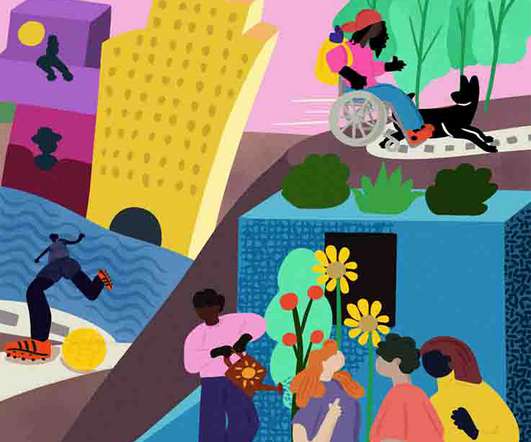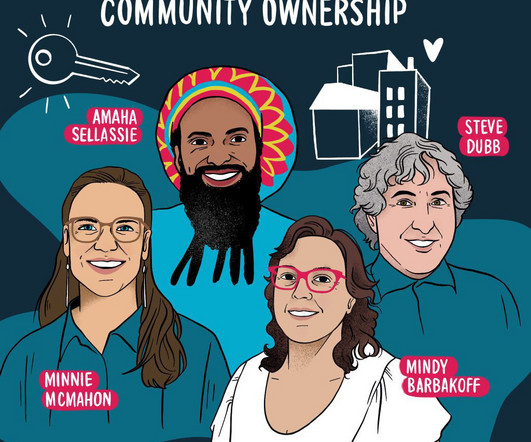Organizing a Community Around Food Sovereignty
NonProfit Quarterly
NOVEMBER 9, 2022
In the series, urban and rural grassroots leaders from across the United States share how their communities are developing and implementing strategies—grounded in local places, cultures, and histories—to shift power and achieve systemic change. I also come from a family of grocery workers and managers.























Let's personalize your content